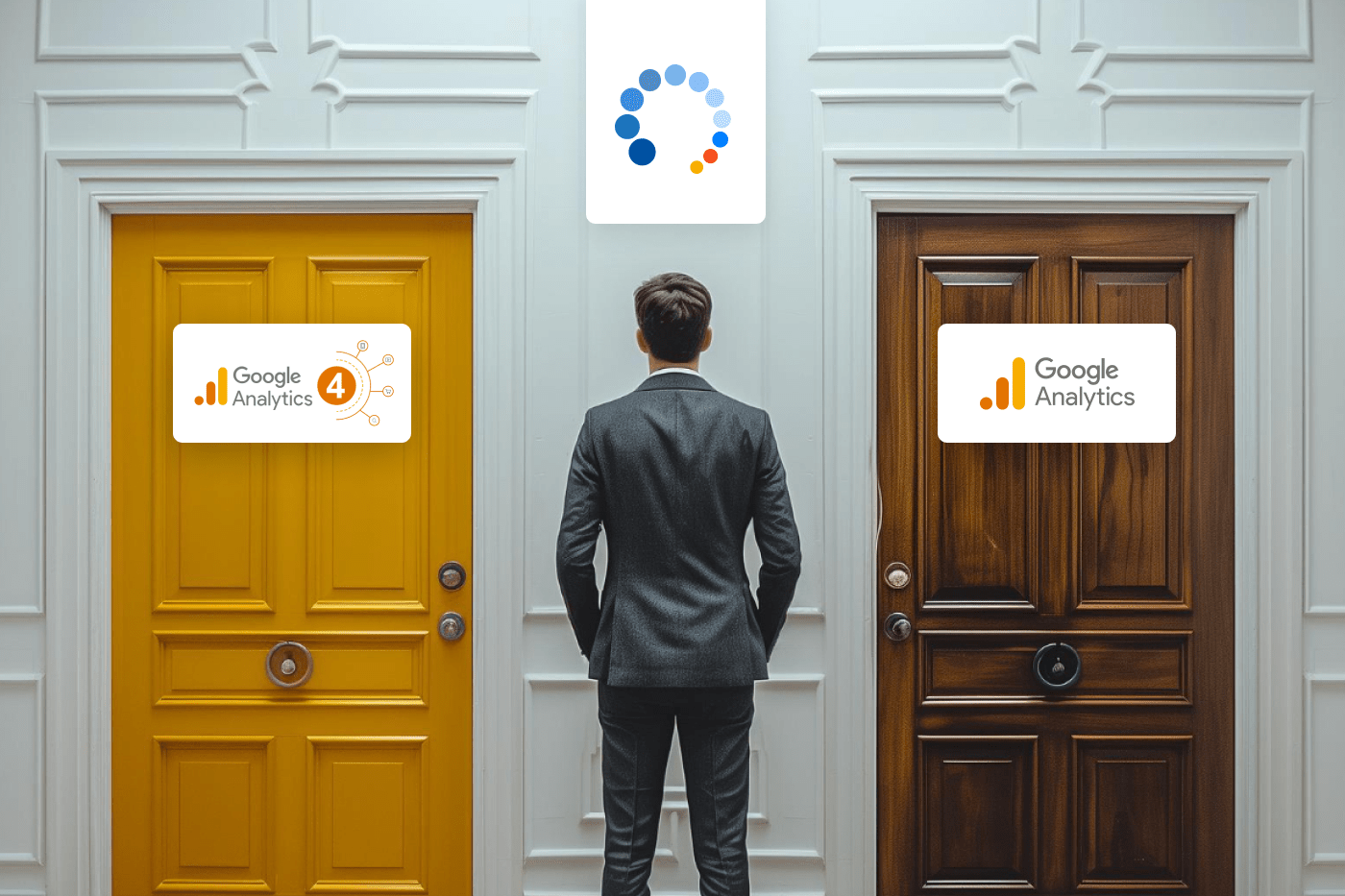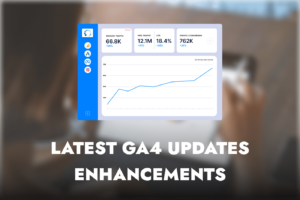Introduction
Google Analytics (GA) is an essential tool for businesses and marketers to understand user behavior and measure website performance. With the recent shift from Universal Analytics (UA) to Google Analytics 4 (GA4), many users have noticed discrepancies in key metrics such as sessions and page views. This blog aims to shed light on why these differences between GA4 and UA occur, the advantages of GA4 over UA, and how to leverage these insights for better decision-making.
What Are Sessions and Page Views?
Differences Between GA4 and UA: Sessions
A session in Google Analytics is a group of user interactions with your website that take place within a given time frame. A session can include multiple page views, events, social interactions, and e-commerce transactions.
Differences Between GA4 and UA: Page Views
A page view is counted each time a page on your website is loaded or reloaded. It is a simple count of how many times a page is viewed by users, regardless of the number of sessions.
Differences Between GA4 and UA
Data Collection and Processing
One of the primary reasons for the difference in sessions and page views between GA4 and UA is the way data is collected and processed. GA4 uses an event-based data model, while UA relies on a session-based model. This fundamental shift results in different counting and reporting methods when checking the differences between GA4 and UA.
Session Calculation
In UA, a session can be ended in several ways:
- After 30 minutes of inactivity
- At midnight
- If a user arrives via one campaign, leaves, and then comes back via another campaign
GA4, on the other hand, extends the concept of sessions by focusing on events. Every user interaction is tracked as an event, and sessions are more fluid, with GA4 providing a more nuanced understanding of user behavior.
Page Views Tracking
In UA, page views are tracked as part of a session and are straightforward counts of page loads. GA4, however, treats each page view as an event, allowing for more detailed and flexible reporting. This change means that GA4 can capture more nuanced interactions, such as scrolls, clicks, and video plays, as part of its page view tracking.
Bounce Rate
Bounce rate in UA is calculated as the percentage of single-page sessions where no interaction takes place beyond the initial page load. GA4, however, replaces bounce rate with a new metric called “Engaged Sessions.” An engaged session is defined as a session that lasts longer than 10 seconds, has at least one conversion event, or includes at least two page views.
Conversions (Goals)
In UA, conversions are tracked through goals, which can be set up for specific actions such as form submissions, page views, or event completions. GA4 simplifies this by allowing any event to be marked as a conversion. This provides more flexibility and a streamlined approach to tracking important actions.
Conversion Rate
The conversion rate in UA is calculated based on the number of sessions that result in a conversion, divided by the total number of sessions. In GA4, the conversion rate is determined by the number of users who trigger a conversion event, divided by the total number of users. This shift focuses more on user behavior rather than session-based actions, providing a clearer picture of user engagement.
Advantages of GA4 Over UA
Enhanced User Journey Tracking
GA4’s event-based model provides a more comprehensive view of the user journey. By tracking every interaction as an event, GA4 allows businesses to gain deeper insights into how users engage with their websites and apps.
Improved Cross-Platform Tracking
GA4 is designed to track users across multiple platforms and devices seamlessly. This is a significant improvement over UA, which often struggled with cross-device and cross-platform tracking. GA4’s unified tracking capability ensures that user journeys are accurately captured, regardless of the device or platform used.
Advanced Analysis and Reporting
GA4 offers advanced analysis tools, such as the Analysis Hub, which allows users to create custom reports and explore data in more depth. This flexibility helps businesses to identify trends, uncover insights, and make data-driven decisions more effectively.
Future-Proofing
As Google plans to phase out UA, transitioning to GA4 ensures that businesses stay ahead of the curve. GA4 is built with future enhancements in mind, including better integration with machine learning and AI tools, which will help businesses to harness predictive analytics and improve their marketing strategies.
Conclusion
Understanding the differences between GA4 and UA in sessions and page views between GA4 and UA is crucial for businesses that rely on web analytics for decision-making. The shift from a session-based to an event-based model in GA4 provides more accurate and detailed insights into user behavior, enabling businesses to optimize their digital strategies more effectively. While the transition may require some adjustment, the advantages of GA4 make it a valuable upgrade.
If you have any questions or need assistance with transitioning to GA4, our team is here to help. Feel free to reach out for a free consultation or to explore our range of services tailored to your analytics needs.



